Of all the tough trucks Kenworth Trucks Australia builds at its Bayswater plant in east Melbourne, the C5 series is the toughest. However even the mighty C5 will eventually succumb to the extreme elements it finds itself operating in; but never fear, all is not lost.
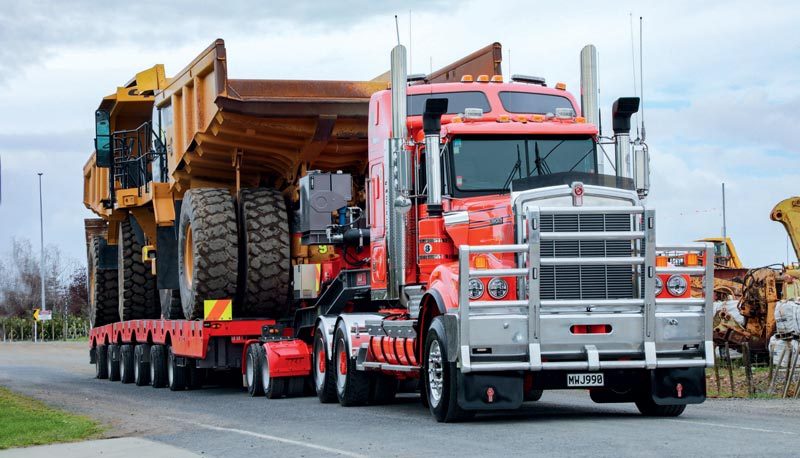
When C & R Developments started looking for a tractor unit to front their new TRT multi-axle ESS float, they did not hesitate to look at the Kenworth stable to see what was on offer. The company‘s T950, T908 and T909 had well and truly proven themselves, but now there was a need for a tractor with a 200 tonne rating to maximise the benefits of the new TRT trailer combination. A secondhand option was the preferred way forward, something that basically needed a sandblast, paint, signage, hook the trailers and go. A C501 Brute for sale in Australia presented itself, and according to the photographs it appeared to fit the bill so was purchased, shipped, and duly arrived at the company‘s yard in Hautapu. Upon arrival first impressions were good, but enter Hayden Hardgrave, resident heavy diesel mechanic/Kenworth guru extraordinaire at C & R Developments, and unfortunately all was not as it seemed.
Chatting to Hayden he recollects that on close inspection once the C501 was sitting in the workshop it became blatantly obvious that although the truck was all there, it certainly had earned its keep in some harsh Aussie outback mining operations. “I remember when I found how bad the chassis heave was in the frame rails, it took me two days to build up the courage to go and tell the Ross brothers we were facing a ground-up rebuild literally starting with a new set of frame rails,” Hayden said with a laugh. “But that‘s the beauty of a Kenworth,” he said, “no matter the model, if you have got the part number, Kenworth has got the part. The frame rails for example, we ordered a brand new set through Southpac direct from the Bayswater plant and we were told ‘yep no worries you will have them in seven weeks‘. They arrived in just five.”
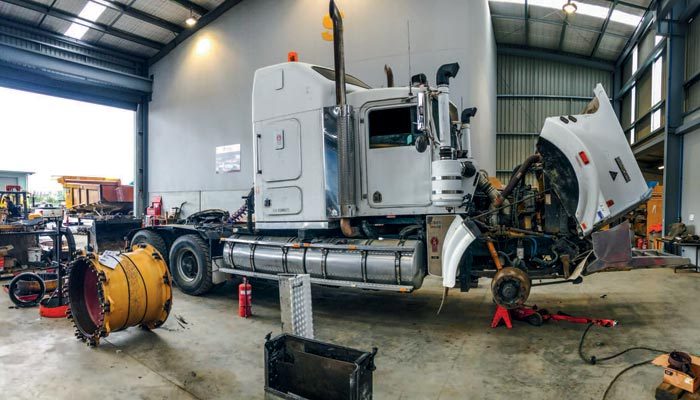
Day 1 in the workshop fresh from the Aussie outback, and all was not quite what it seemed. |
|
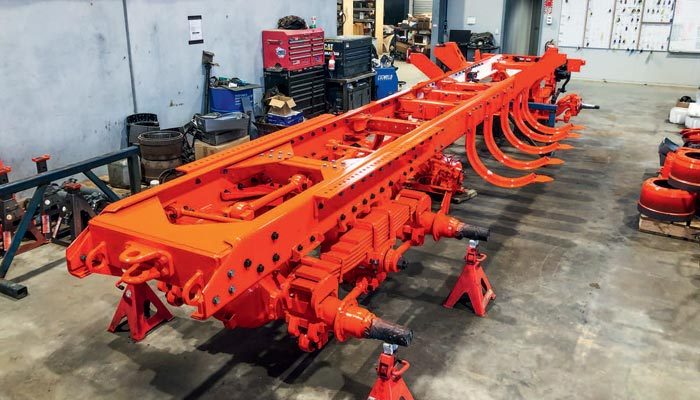 |
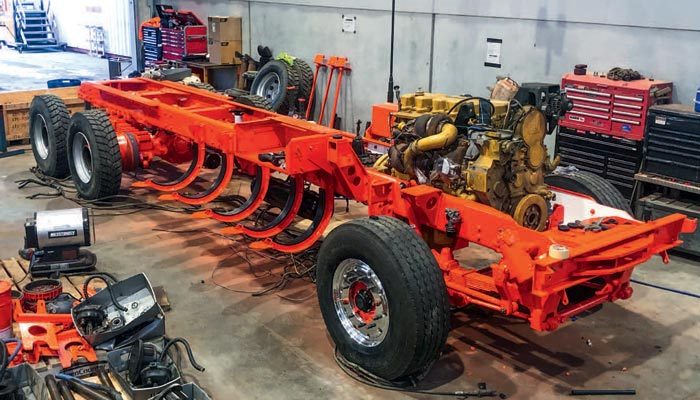 |
| A new set of inner and outer rails, two new cross members; reassembly begins one nut and bolt at a time. | Front wheels on, and engine in place, note white chassis rails. |
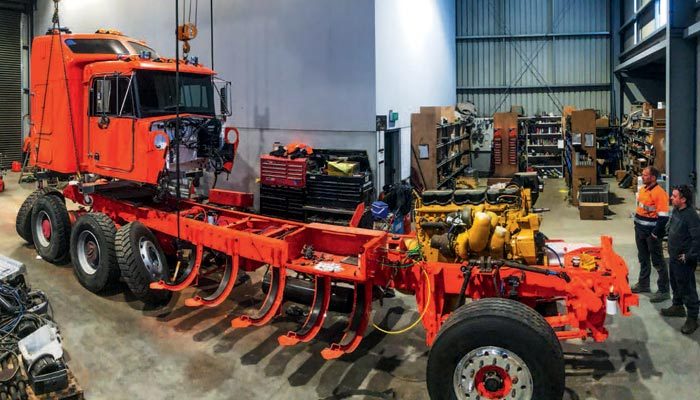 |
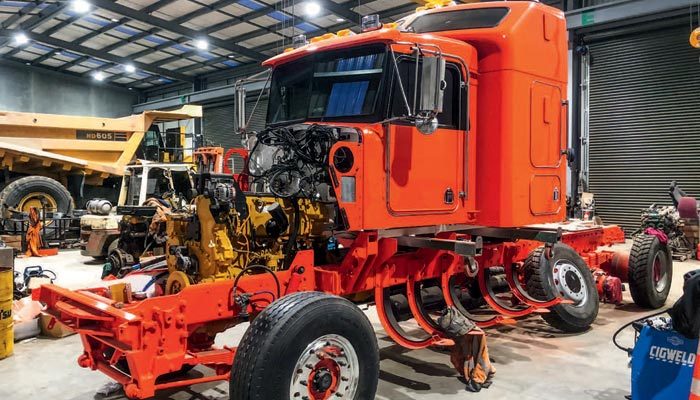 |
| Cab on crane swinging into position. | Cab still on the gurney sitting in place. |
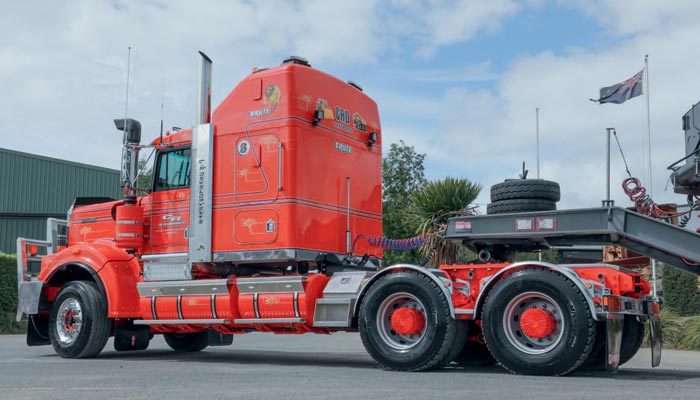 |
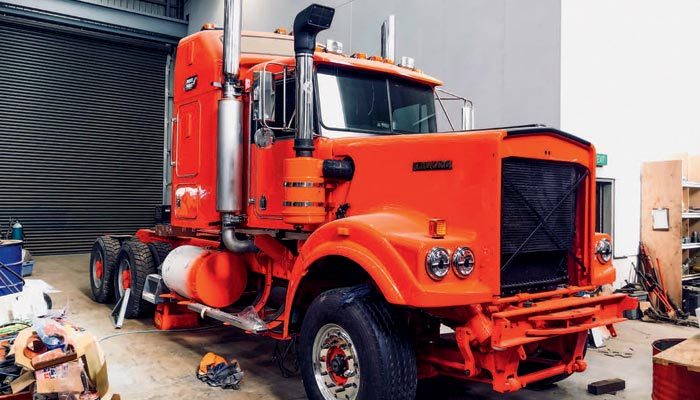 |
| Looking very close. | From stomping around the back of Uluru to now marching out to Taharoa, the C501 is ready for its new life as a Kiwi. |
With a green light from C & R owners the Ross brothers the strip-down and rebuild began. Hayden said his right-hand man and apprentice on the project, Karl Pegg, was stressing out a little looking at all the parts and wondering how it was all going to go back together again. “I told him ‘it‘s simple, just start at the beginning, and one bolt at a time‘.” The dismantling revealed more and more as it progressed, from two new cross members to new king pins through to a blown intercooler, the list went on and on … and on. The cab, hood and sleeper were all sent over to Hamilton-based White Bros Panelworks Ltd where the team completed a total restoration including full corrosion removal, requiring the fabrication of many new panels. This behind the scenes groundwork paved the way for a picture-perfect paint finish that was then treated to the handiwork of Grumpy‘s Sign Shop, who added a tidy twist on the classic Kenworth Seminole striping layout. Although the reconstruction process was reasonably straightforward, there were a couple of major issues to also overcome during the rebuild. For a start, the existing C16 Caterpillar did not meet the new emission regulations, nor did the existing braking system comply. The brakes were reasonably straightforward with the installation of an approved ABS system, however the engine swap proved a real headache. The way forward was to fit a freshened up secondhand C15.
Installation and plumbing were all reasonably painless, but some in-house custom fabrication was required to resite the cooling fan assembly as well as fit serpentine drive belts as the C15 was originally in a K104 where it naturally sits a lot lower in the frame. One interesting aspect of the rebuild is the painting of inner chassis rails and cab panels white. “If you‘ve ever tried to identify leak or wiring issues against a backdrop of dark paint, especially at night, you‘ll know it‘s bloody hard,” said Hayden. “This makes my life a whole lot easier.” Where Hayden found himself reaching for the medicine cabinet for a dose of Paracetamol was the paper war process to achieve compliance and certification from the NZTA. “Man, that was really doing my head in,” he said. Perseverance paid off and after three months of backwards and forwards with the NZTA, the C501 had a fresh set of number plates and a CoF.
The restoration/rebuild and improvement process that Hayden has put this C501 through is a true credit to not only his abilities as a heavy diesel mechanic, but also his vision of what the end result needed to look like, what was going to be required of it, then with this in mind, delivering the necessary end result. Full credit to Hayden and his right-hand man Karl on a job very well done. We cannot wait to see what they roll out of the workshop next.
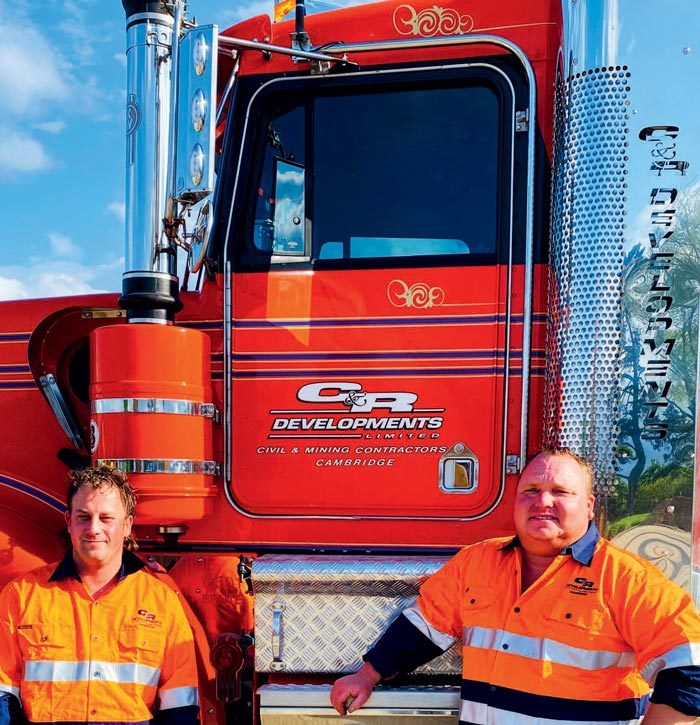
Photo: The ‘A‘ Team, Karl Pegg (left) and Hayden Hardgrave (right).
Doing something different – not really though
If we park for just a moment the incredibly relevant fact the Ross brothers are the sons of Jim and Shirley Ross, and focus only on their day-to-day world of mining and civil engineering, it‘s entirely understandable why the C501 Brute project came about. In their world of ‘ginormous‘ earthmoving kit, uptime is everything, and machinery having first, second, third, and fourth lives is completely normal. Big earthmoving gear is a bit like hammers and axes: ‘It‘s had three new heads and a couple of new handles, but it‘s been a bloody great axe!‘ Suffice to say, stripping a machine down to its component DNA and rebuilding it new again is about as left field for these guys as cutting your toenails. Now, the Ross lineage thing. If you‘re a dyed-in-thewool Kiwi truck fan, you‘ll know what the names Jim Ross and Norm Todd mean. If you don‘t, think US trucks – mainly Internationals – from post-World War II through until the early 70s being reconfigured and repowered into something a young exploding Kiwi road transport industry could actually use to get ahead. It normally involved front-end chassis mods to accommodate a 671 GM, and increased cooling.
Their legendary Ross Todd Motors formed by the two young ex WWII airmen in Leamington near Cambridge, was the scene of many such great mechanical events, and went on to contribute one third of what would become TRT. Now let‘s try and bring then and now all together. Jim was always on the lookout for new opportunities, and son Mike Ross recalls what happened in 1960. “The old man came home one night and said to Mum, ‘I want to get into earthmoving, but I want to do it differently. I don‘t want to do it with tractors and scoops and bulldozer blades, I want to use rubber tyred trucks and wheel loaders.‘ Mum said ‘Far out! Okay.‘ So, whether Dad knew or not I don‘t know, but she was talking to the old Aunt who was AB‘s [Arthur Baker OBE*] wife. He turned up and said, ‘If you want to do earthmoving you come and run earthmoving‘. ‘But I want to do it differently,‘ Dad said, and after he explained the plan, AB said ‘Righto, if that‘s what you want to do, I‘ll back you‘.”
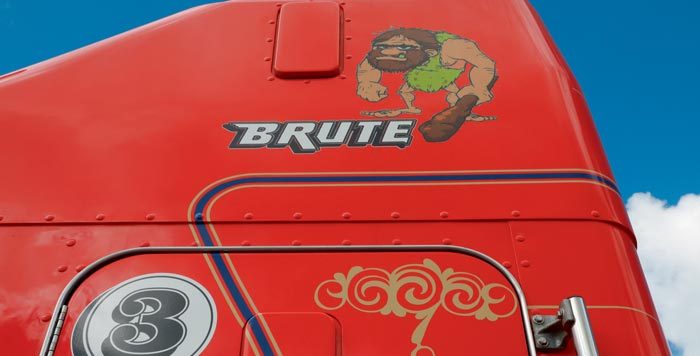
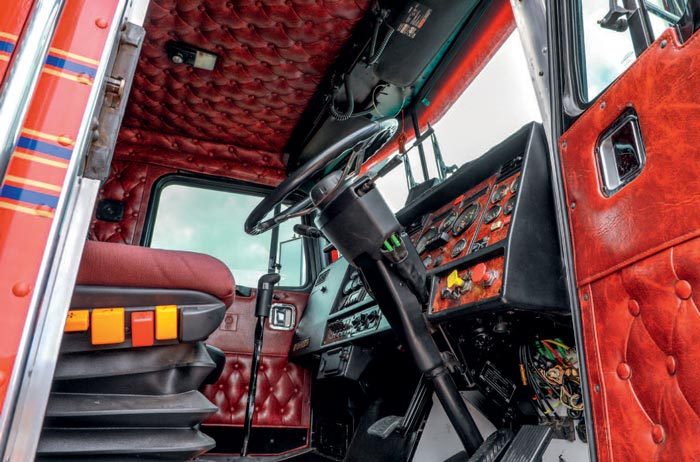
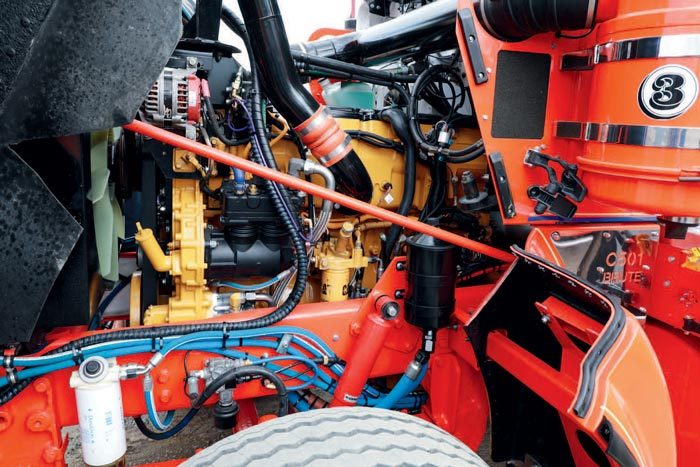
That‘s exactly what happened, and it was the genesis of Baker Construction. The famous signature International Pay Haulers started with the bonneted 95 model, and the first big job won was the Hutt motorway. In the ensuing years the Baker brand put its stamp on large scale construction and mining projects all over New Zealand, including work at Twizel, the Cromwell Gorge realignment, Runanga Deviation on the Napier-Taupo Road, Huntly coalfields, Auckland Airport, as well as offshore in Australia, and even the Hong Kong airport development. Tragically, Jim died in 1981 when the car in which he was a passenger was involved in an accident. In 1994 when Baker Construction was bought out by Downer Mining Ltd (DML), Jim and Shirley‘s four sons – Mike, Tim, Tony, and Simon – had been running the business for some time, with well-known civil engineer Mike Coleman involved from the early 90s. “They‘d had a gutsful of us pinching their work around the place,” chuckles Mike.
The brothers explored a number of other successful business opportunities in the ensuing years, but the share market crash of 1994 and resultant lack of work saw difficult times for DML, and the firm largely quit the local scene for opportunities abroad. With a gaping hole in the mountainmoving market now apparent, the Ross‘s phone started ringing. “Originally, we thought we‘d only grab a few trucks, a digger, a loader, and water cart,” said Mike, rolling his eyes. C & R Developments (Coleman and Ross) was incorporated in 1998 and today has more than 200 pieces of plant on the books. The firm is active in quarrying, residential and commercial land development, civil construction, and mining.
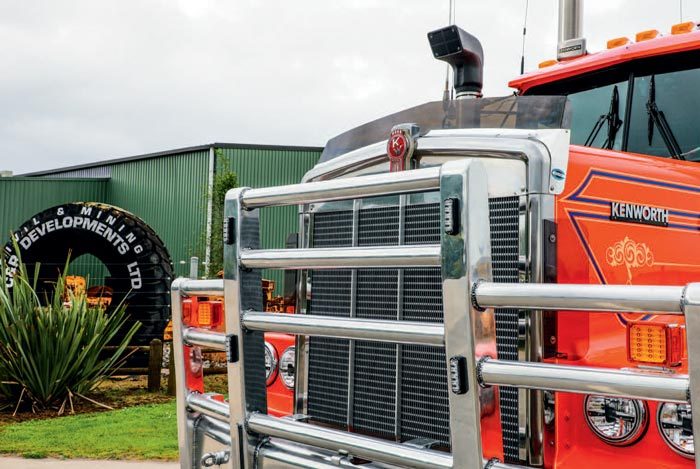
Anyone who knows these affable brothers knows they have a deep-seated respect and passion for their own heritage, country, and what it is they were all born to do. It‘s a culture that pervades the entire entity. C & R is one of ‘those‘ companies; working there means something. “We‘ve got a great team,” said Mike. “From old schoolers with years of experience to young ones, keen and not put off by all the modern compliance.” The brothers‘ passion extends well beyond the dayto- day work – the muscle car and machinery museum, and the restored International truck collection (including the original 95 Pay Hauler) are becoming iconic in their own right, with people, clubs, and groups flocking to see them almost every weekend. In true, down-home, Kiwi bloke Ross brothers style, the welcome mat is invariably out. And so, back to the Brute, and the answer to the question ‘why rebuild it‘? It‘s all right there above really. It‘s genetics, it‘s utility, and it‘s passion. “We could have said ‘bugger it‘ and bought a brand-new truck,” said Tim. “But thinking about it, that‘s not what we wanted to do. We decided to press on and do something different. It had the rating we needed, it had everything we wanted. It‘s come up fantastic, and what a testament to Hayden and his skills.” “He‘s a clever, clever guy,” said Mike. “Nah, this was definitely the right thing, no question.” ‘Doing something different.‘ It‘s certainly worked well for the Ross family as an ethos, there‘s no question about that.
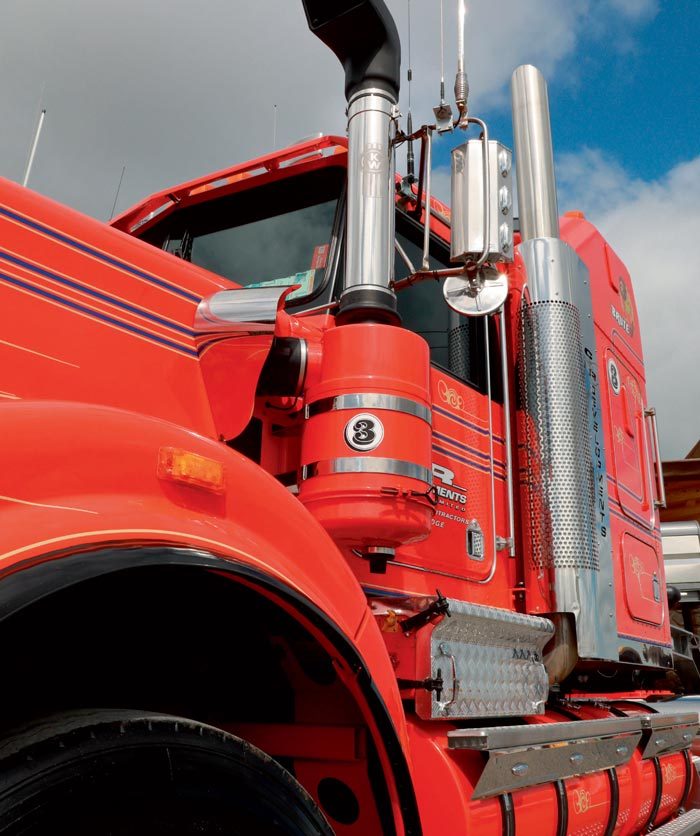
Read more
Life begins at 40
0 Comments8 Minutes
The Maher Transport Story
0 Comments5 Minutes
A nod to the past
0 Comments5 Minutes
Highway illusion
0 Comments6 Minutes





